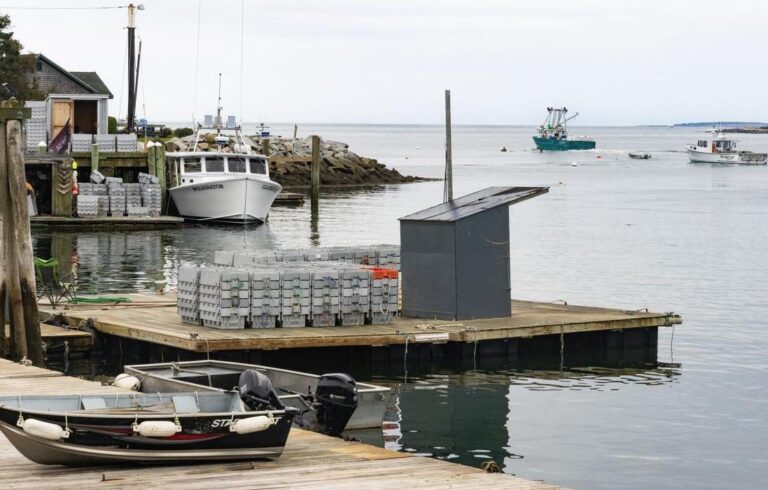By Sandy Oliver
My parents lived through the Depression and World War II and I have thanked God and the universe that in my lifetime I have never had to endure the privations they knew during those times. As you can imagine, though, while I grew up, our household oozed privation wisdom.
Waste not, want not.
Use it up, wear it out, make it do or do without.
The cracker and milk suppers my mother spoke of that sustained her family as needed were transformed into pancakes on my childhood’s Sunday night, a way my mom extended the family food budget at a time when the assumed best practice was a meat, potato, and vegetable meal. I suspect the occasional fried baloney supper, with or without cottage cheese in the little bowl formed by the baloney, was an expression of a tight spot in the old cash flow, though Mom never said so. A roast of anything was a rarity and margarine the standard, as butter was too expensive.
So far in this pandemic, I am blessed with sufficiency. COVID-19 isn’t going to drive me to baloney because I would rather be a vegetarian than eat that. And I’ll use olive oil to dip bread into or go without before I turn to margarine, (she said bravely—we shall, of course, see; never say never and all that.)
Thank goodness I like to cook, and that my work in food history has put me into contact with survival strategies from a millennia of human difficulties.
History shows that salt, sugar, vinegar, and alcohol are the reliable substances for food preservation, and cellaring, fermentation, drying, and now canning are reliable processes for putting food by.
The foods that end up being hard to acquire are almost always meat, fat, dairy products, and wheat flour. Vegans have the upper hand here, and those who know how to avoid gluten unless they are not stocked up on alternatives.
In early New England, before the Erie Canal was built, wheat was costly, so bread was often made of a combination of cornmeal, rye meal, and wheat flour. You can make a steamed brown bread with molasses and these ingredients; it’s rich and satisfying, and some brown bread recipes let a cook substitute cracker or cake crumbs for flour.
Some biscuits of our past were made with a mere two tablespoons of fat—lard, butter, or drippings—to a couple of cups of flour, and baking powder and milk. My young friend Dylan texted me that he used bacon fat in his biscuits and I congratulated him on following in the footsteps of 19th century fishing vessel cooks. Of course, biscuits are better with butter, but its handy to know a way around it just in case.
We in early Maine used to eat something called Poverty Stew—half a pound of salt pork cubed up and fried in which you cooked some cut up onion, then a quart of sliced potatoes, water to cover, and stewed together. Season with salt and pepper. Imagine chowder without the fish or clams.
This time of year, a seasonal treat is parsnip stew made like chowder only with parsnips dug out of the garden as soon as the ground is thawed: i.e., right now. It can be made, as many chowders are, with evaporated milk, a pantry staple in many Maine homes.
And so it goes.
Add to that the wisdom of a Diet for a Small Planet, a classic from my 20s, half a century ago, wherein I learned that grain and legumes, with added dairy sometimes, plus nuts and seeds, provided protein.
Early back-to-the-landers regaled themselves on beans and rice, or humus and wheat pita, or refried beans on corn tortillas, as early Mainers did with baked beans and brown bread. Beans and rice and rice and beans, wisdom for our time now.
And God bless leftovers: Within the past couple of years, some of us have discovered grain or noodle bowls, filled with cooked rice, farro or barley, or noodles (like Asian rice or buckwheat) topped with leftover cooked vegetables—a few roasted ones, cooked beans like black beans or chickpeas, perhaps, plus a few chopped pickles—beets or dill beans at this house, and a tablespoon or three of raw vegetables—grated carrots, chopped cucumbers, shredded cabbage or lettuce, chopped peppers; then you can slap a fried egg on top. Or some other dressing.
Awfully tasty and economical when you clean out the fridge. Waste not want not; use it up and all that.
Sandy Oliver is a food historian who lives, gardens, cooks, and writes on Islesboro.





